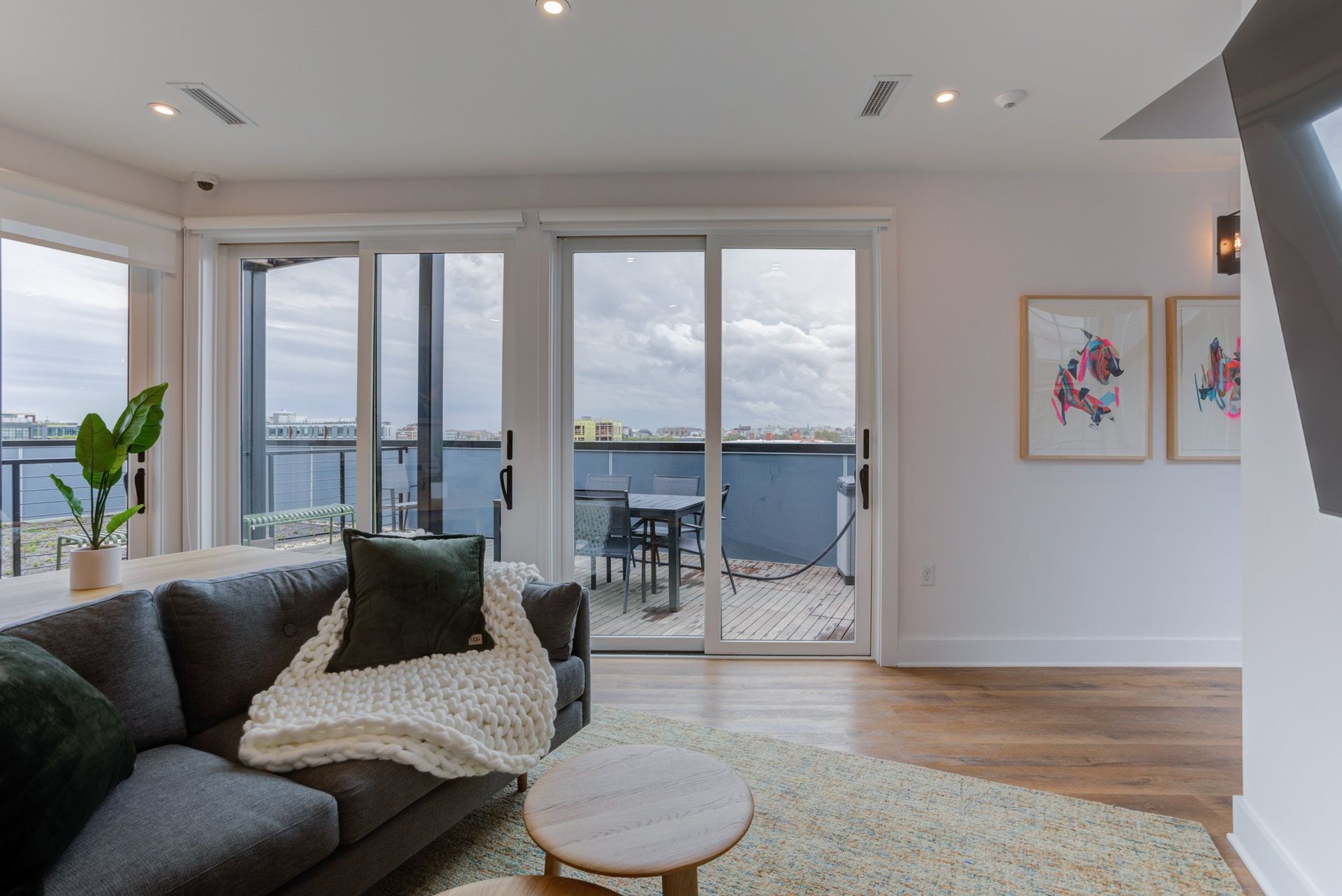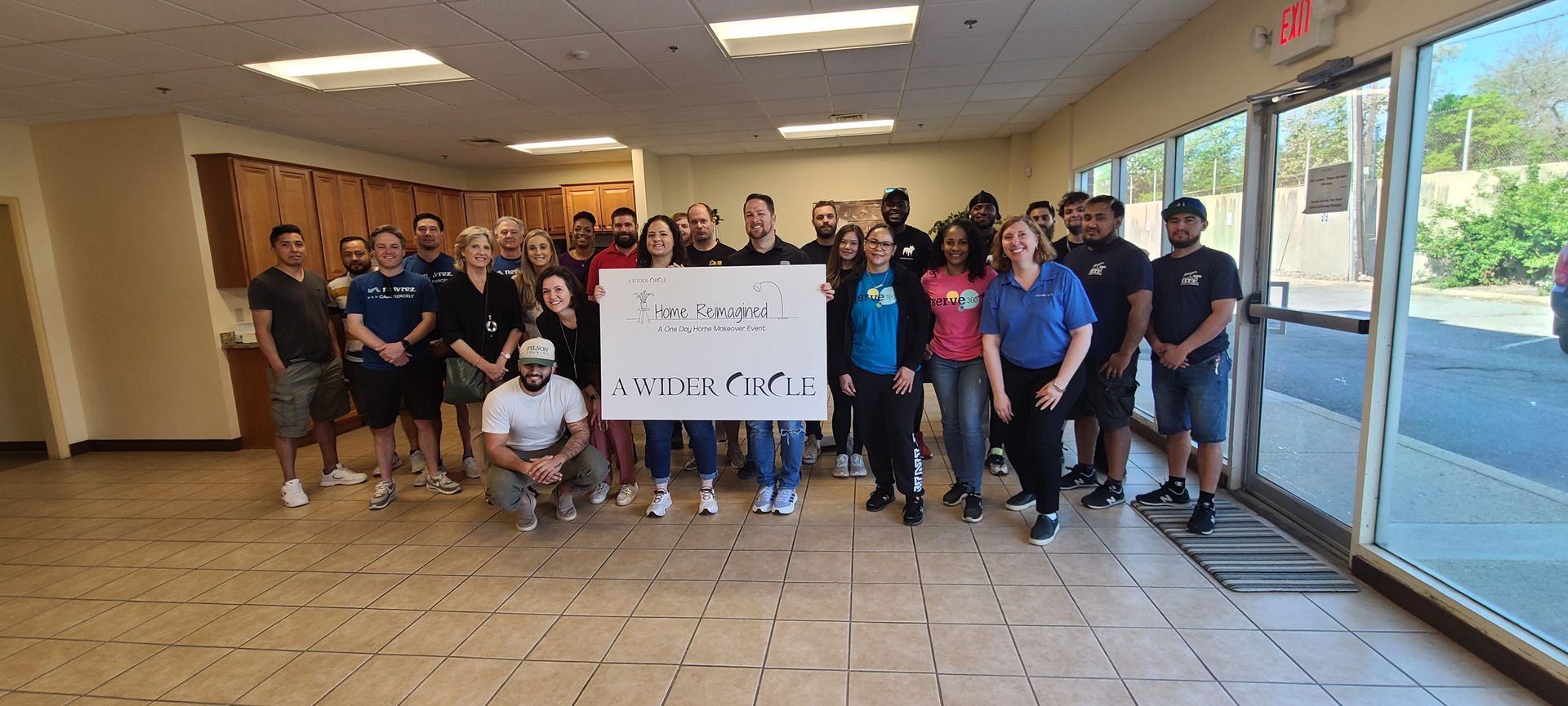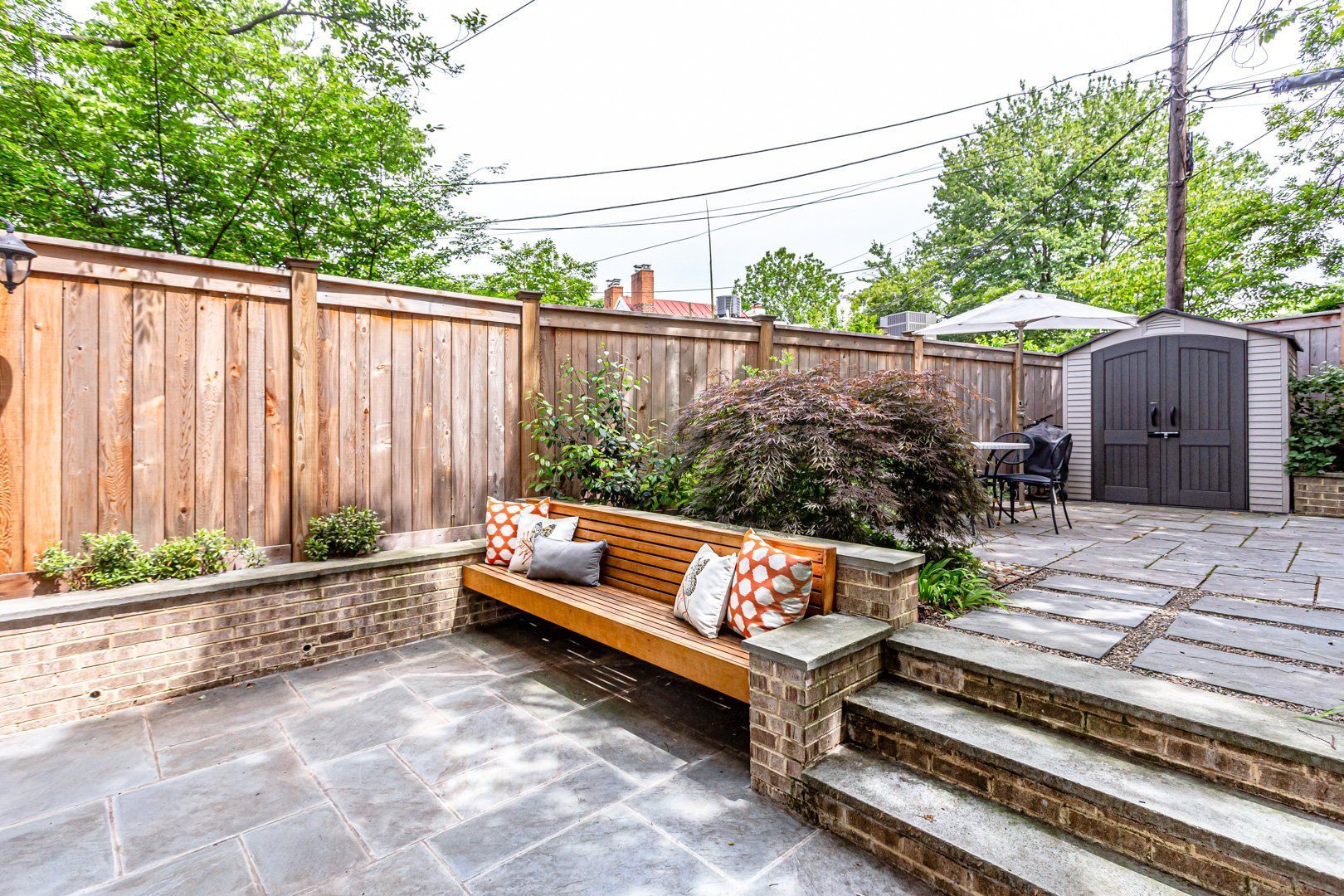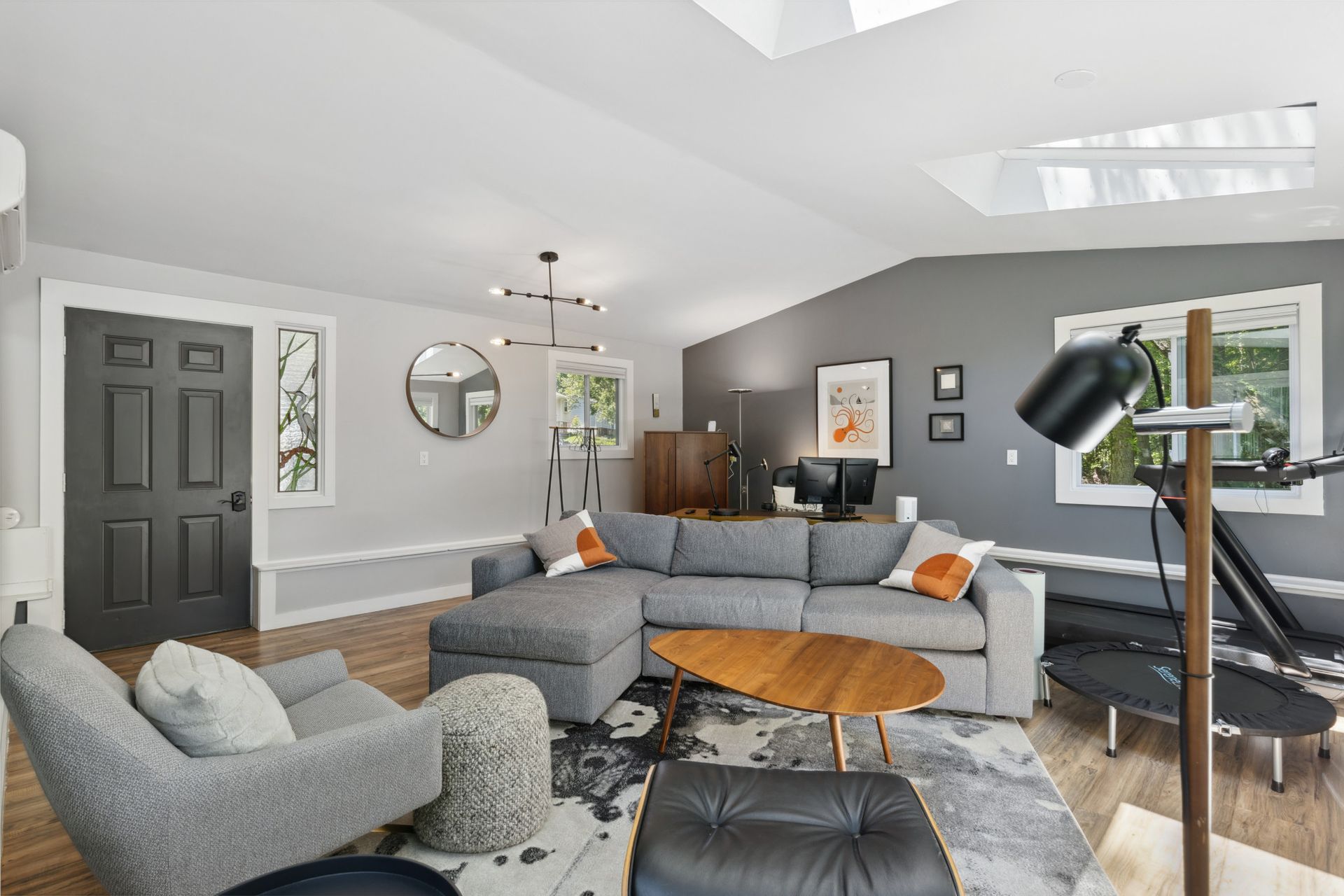The Future of Co-Living in Washington, DC: An Ultimate Guide
Nest DC
As the demand for short-term living options continues to grow in Washington, DC, the co-living real estate market is expected to expand in the coming years. This guide will explore the benefits of co-living in the city and highlight some of the best co-living buildings that are worth considering.

One of the key drivers of the growth in co-living is the changing attitudes of younger generations towards homeownership and traditional living arrangements. Many millennials and Gen Zers opt for short-term living options that offer flexibility, convenience, and a sense of community rather than committing to long-term mortgages or leases. This shift in mindset has led to an increased interest in co-living as a viable housing solution.
Another factor that is driving the growth of co-living in Washington, DC is the city's thriving startup and tech scene. Many young professionals who work in these industries are looking for short-term living options that are close to their offices and offer an already established community. Co-living buildings, often located in prime areas close to public transportation, restaurants, cafes, and other amenities, provide the convenience that these professionals are seeking.
Washington, DC is a city that is known for its vibrant culture, rich history, and diverse population. As the capital of the United States, it is also a hub for business, politics, and international relations. For those who are looking for short-term living options in this bustling city, co-living real estate is an increasingly popular choice.
Let's take a moment to understand what co-living is and why it is set apart in the real estate industry.
Co-living is a modern housing concept where individuals rent private bedrooms within shared living spaces. It goes beyond traditional roommate situations by providing residents with a fully furnished living environment and communal spaces that encourage social interaction and a sense of community.
What sets co-living apart in the real estate industry is its emphasis on shared experiences and the convenience it offers. Here are a few reasons why co-living is gaining popularity and standing out in the real estate market:
- Flexibility and Convenience: Co-living offers flexible lease terms, typically on a month-to-month basis, allowing residents to avoid long-term commitments. This flexibility appeals to individuals who may need clarification about their future plans or prefer to avoid being tied down by long leases. Additionally, co-living spaces are usually located in prime areas with easy access to transportation and amenities, providing convenience and saving residents time and effort.
- Community and Social Interaction: Co-living spaces are designed to foster a sense of community among residents. Communal areas such as shared kitchens, living rooms, and co-working spaces encourage interaction and socialization. This is particularly attractive to individuals who are new to a city or looking to expand their social networks. The built-in community aspect of co-living can combat loneliness and create a support system within a shared living environment.
- Cost-Effective Living: Co-living can be a more affordable option compared to renting a traditional apartment or living alone. In many cases, like our Nest co-living spaces, utilities and amenities are included in rent, simplifying budgeting . Co-living also eliminates the need to purchase furniture or household items since the spaces come fully furnished. This reduces upfront costs and makes it easier for people who are seeking temporary or short-term housing solutions.
- Amenities and Services: Many co-living spaces provide additional amenities and services to enhance residents' living experiences. These can include cleaning and maintenance services, fitness centers, laundry facilities, high-speed internet, and community events. By offering these services, co-living providers aim to create a hassle-free and comfortable living environment for residents.
- Professional Management: Co-living spaces are typically managed by professional operators or companies that handle the day-to-day operations, ensuring a well-maintained living environment. This professional management ensures that maintenance issues are promptly addressed and residents have a point of contact for any concerns or queries.
Overall, co-living distinguishes itself in the real estate industry by offering a unique blend of flexibility, convenience, community, and cost-effectiveness. It caters to the changing needs and preferences of individuals, particularly millennials and Gen Zers, who prioritize experiences, social connections, and the freedom to adapt their living arrangements according to their lifestyle and career choices.
So, what are the benefits of co-living in Washington, DC?
First and foremost, co-living buildings in DC offer convenience. They are often strategically located in prime areas, making it easy for residents to access everything that the city has to offer without having to worry about transportation or parking. Being close to public transportation means residents can easily navigate the city and commute to work.
Another major advantage of co-living is the sense of community it fosters. Many co-living buildings have communal spaces where residents can socialize, work, and relax together. This can be especially beneficial for those who are new to the city and are looking to make new friends and connections. The built-in community aspect can provide a support system and a sense of belonging, making the transition to a new city smoother.
Co-living buildings also offer fully furnished apartments equipped with all the necessary amenities. This eliminates the need for residents to worry about buying or transporting furniture, which can be a major hassle for those who are only planning to stay in the city for a short period of time. The hassle-free aspect of co-living allows residents to focus on enjoying their experience in Washington, DC.
Moreover, many co-living buildings in Washington, DC, provide a range of services and facilities designed to make residents' lives easier. This can include cleaning and laundry services, 24-hour security, and concierge services. These additional offerings ensure that residents have a comfortable and convenient living experience.
If you are considering co-living in Washington, DC, there are several buildings worth considering.
Here are some of the best co-living buildings in the city:
Nest DC: Nest DC offers beautifully designed co-living spaces that are equipped with modern amenities. They prioritize exceptional, local management for a boutique experience. Nest currently has four co-living locations throughout DC: District, Cypress on Vine, Newton and Cassell.
Oslo: Oslo is a co-living company that focuses on aesthetic spaces and fostering community. They offer locations in a variety of neighborhoods in DC.
Common: Common is a nationwide brand offering stylish and fully furnished co-living spaces. They provide a range of amenities, including fitness centers, rooftop lounges, and communal kitchens, to enhance the living experience of their residents.
In conclusion, co-living real estate is an increasingly popular choice for those who are looking for short-term living arrangements in Washington, DC. With fully furnished apartments, a range of services and facilities, and a built-in sense of community, co-living offers a hassle-free and convenient living experience that is perfect for those who are new to the city or only planning to stay for a short period of time. Consider exploring the best co-living buildings mentioned above to find the perfect fit for your needs in Washington, DC.
Have you ever considered co-living as a housing option? If so, what aspects of co-living appeal to you the most?









